Embarking on a culinary adventure opens the door to a world brimming with rich flavors and vibrant traditions from across the globe. Think of it as holding a magic wand that unveils the secrets to creating dishes that dance on the tongue, from far-off lands. Whether you’re just starting in the kitchen or you’re a seasoned pro looking to add a dash of excitement to your culinary repertoire, mastering a few international cooking techniques can turn your kitchen into a playground for gastronomic exploration.
Sourcing Ingredients with Care
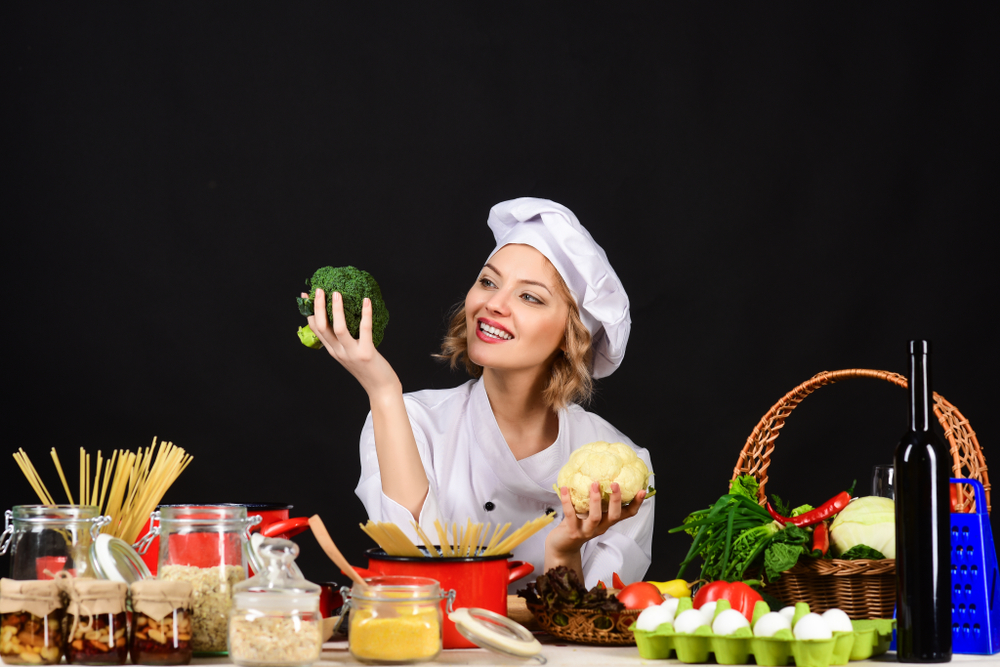
Carefully selecting high-quality, fresh ingredients is foundational in cooking. Different cuisines emphasize the importance of specific ingredients that contribute to their unique flavors. For instance, Italian cuisine prizes fresh tomatoes and basil, while Japanese cuisine values the quality of its seafood and rice. By sourcing the best ingredients, you ensure the flavors in your dishes are authentic and vibrant, laying the groundwork for exceptional culinary creations.
Roasting
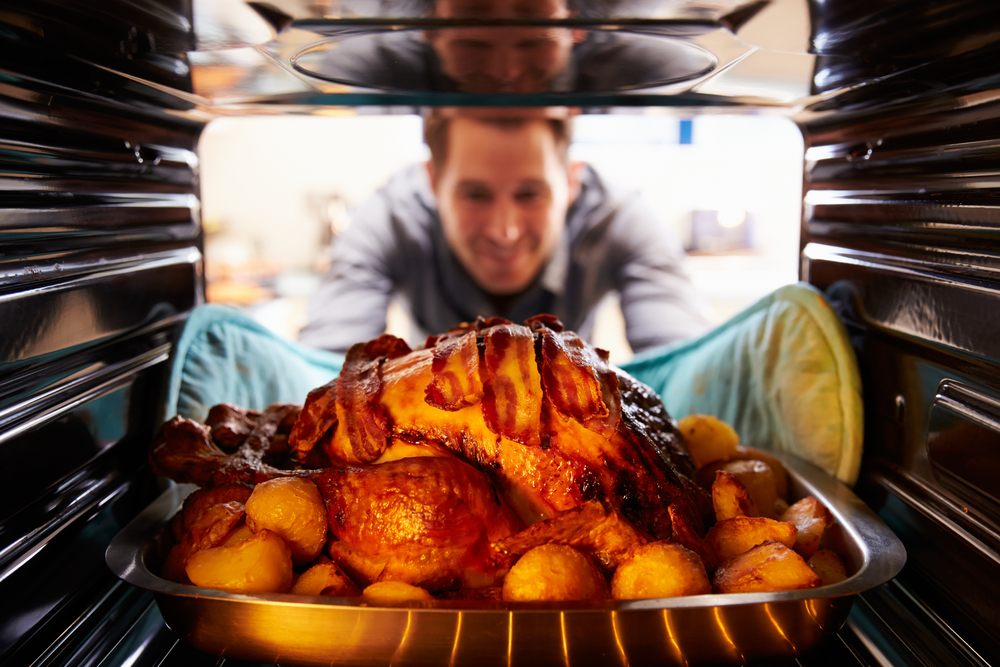
Roasting involves cooking food, typically meat or vegetables, in an oven, allowing dry heat to envelop the food and caramelizing the exterior while keeping the interior moist and tender. This technique is used worldwide to develop deep, complex flavors. Mastering roasting allows you to prepare a variety of international dishes, from a traditional British Sunday roast to a succulent Peruvian pollo a la brasa.
Sautéing
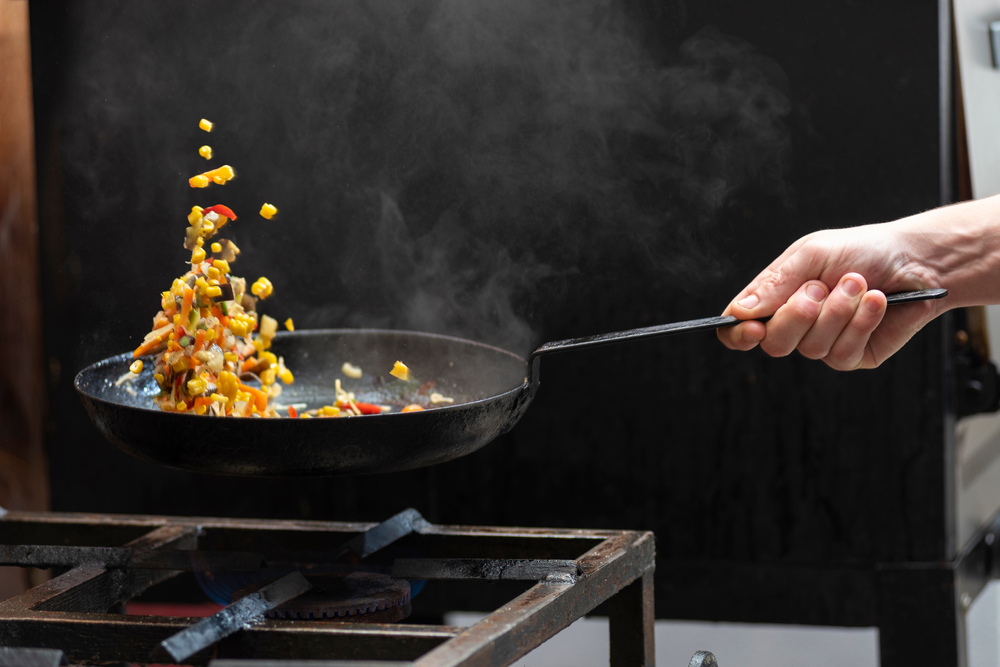
Sautéing is a quick cooking method using a small amount of oil or fat in a pan over medium-high heat. It’s excellent for cooking vegetables, meats, and seafood, allowing them to brown while retaining their texture and moisture. This technique is pivotal in French cooking but is also essential across many cuisines, enabling the preparation of dishes like Chinese stir-fries and Italian sautés.
Boiling
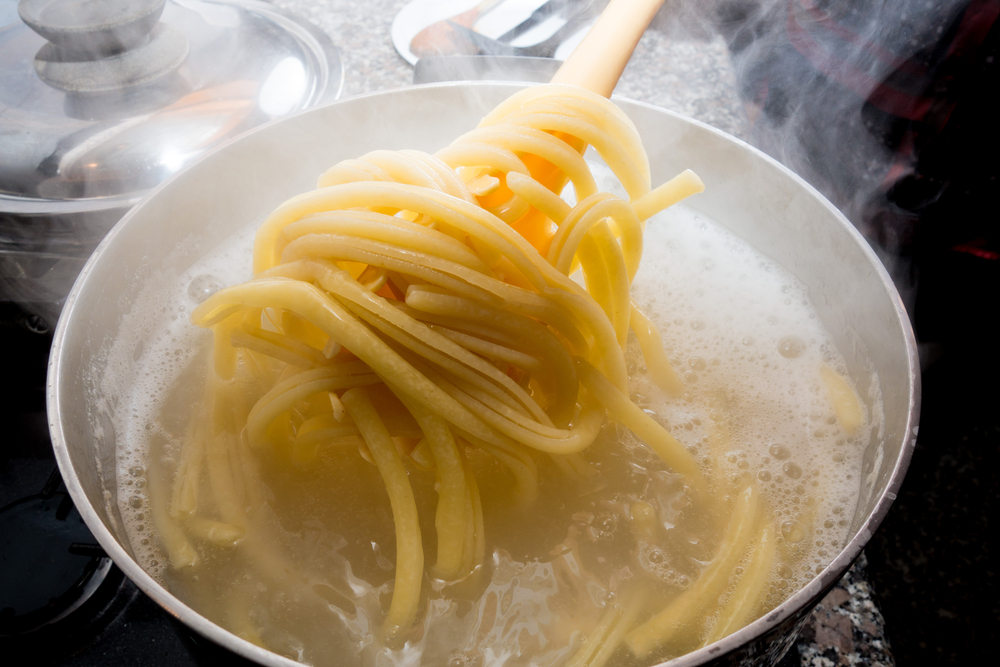
Boiling is a cooking method where food is submerged in water or broth at a rolling boil. It’s a fundamental technique for preparing kinds of pasta, vegetables, and soups. Boiling is universal, used in Italian pasta dishes, Japanese noodle soups, and American stews, making it an essential skill for creating a wide range of dishes.
Poaching
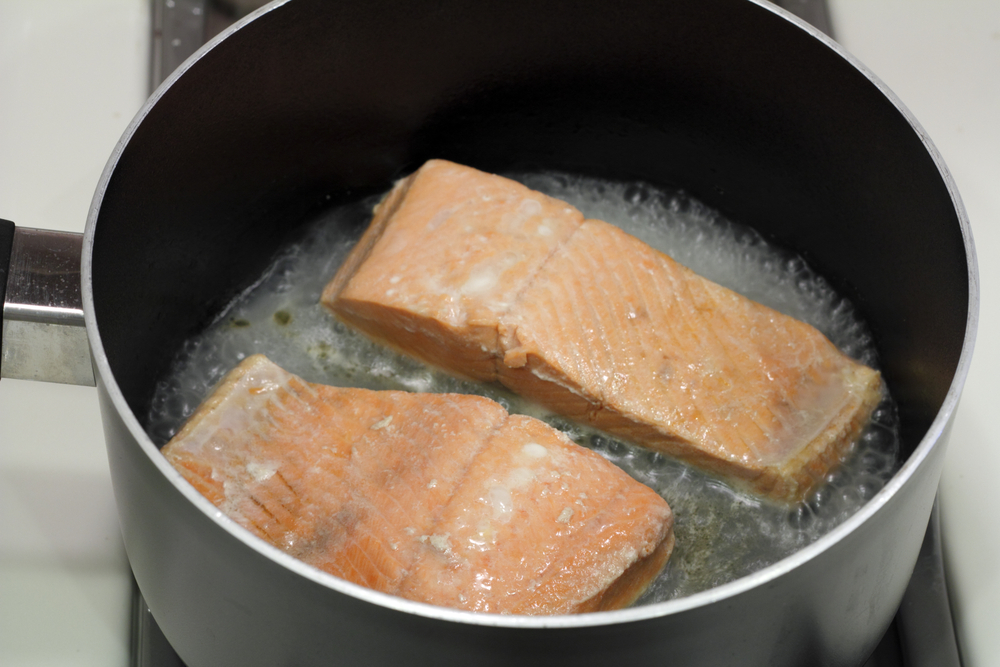
Poaching involves cooking food gently in a liquid just below boiling point, which is ideal for delicate items like eggs, fish, or fruit. This method retains the food’s flavor, moisture, and shape without adding fat. Perfecting poaching allows you to prepare elegant dishes like French oeufs en cocotte, Chinese poached chicken, and Italian poached pears.
Searing
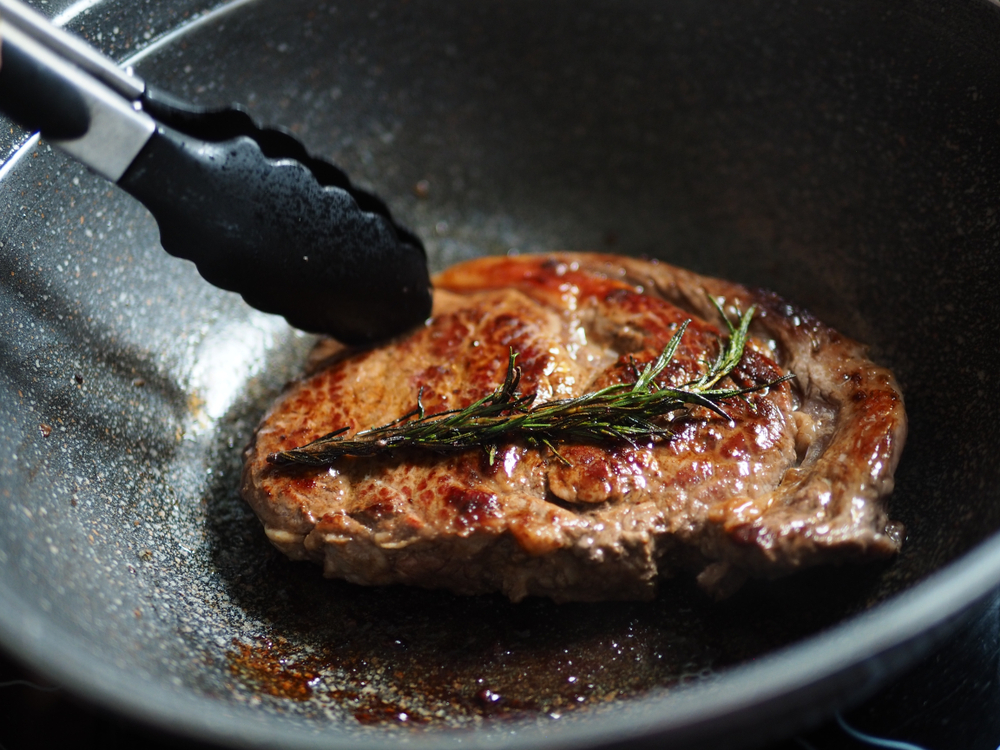
Searing food, typically meat, at a high temperature until it forms a brown crust, locks in flavors and juices, creating a savory base for many dishes. This technique is key in French cuisine for making a perfect steak au poivre but is also used worldwide in dishes like the American seared scallops or the Japanese tataki.
Making Stock from Scratch
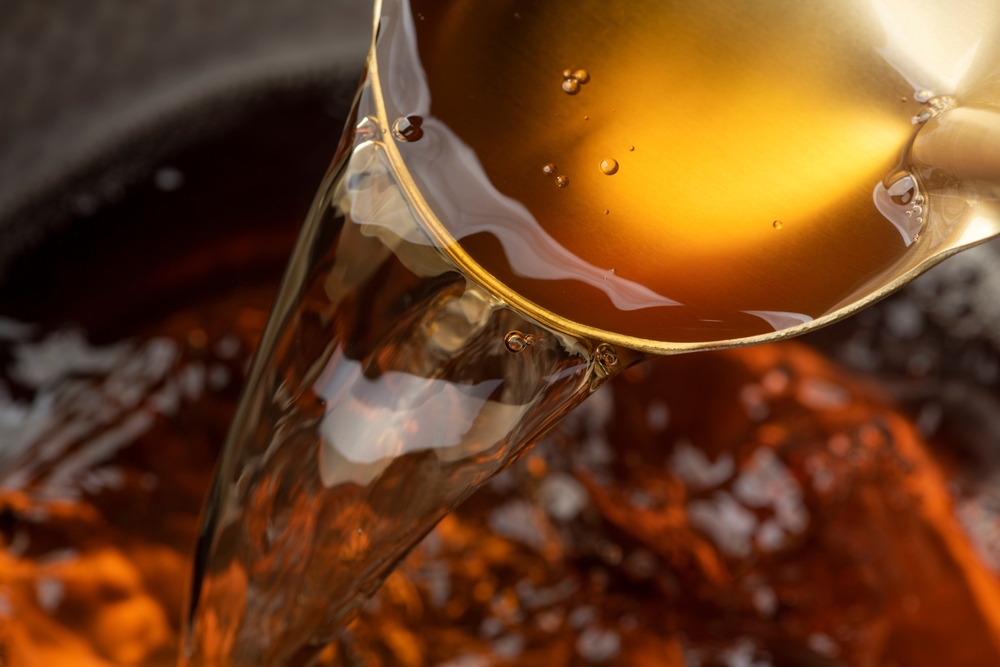
Creating stock from bones, vegetables, and aromatics offers a flavor foundation unmatched by store-bought versions. Stock is a cornerstone of soups, sauces, and stews across cuisines, from French onion soup to Japanese ramen. Mastering homemade stock can elevate any dish by adding depth and richness.
Stir-frying
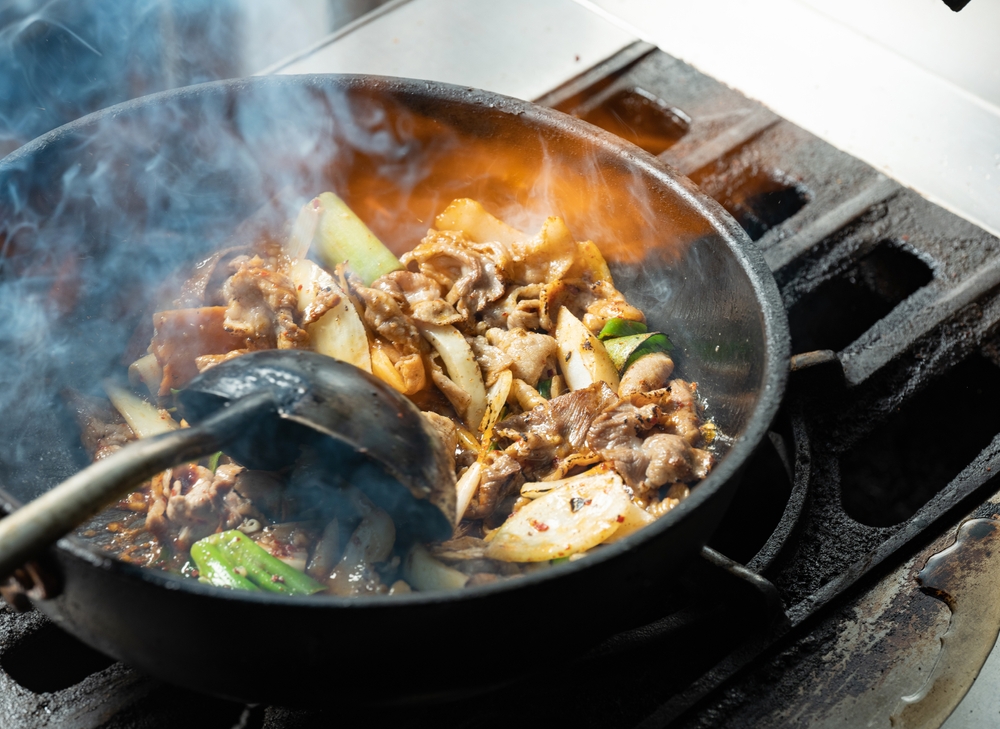
Stir-frying is a fast, high-heat cooking method that keeps ingredients crisp and flavorful. Essential in Chinese cuisine, it requires skillful tossing to cook ingredients evenly. Learning this technique allows you to prepare dishes from China’s vast regional cuisines and adopt the method for quick, healthy meals worldwide.
Pastry Making
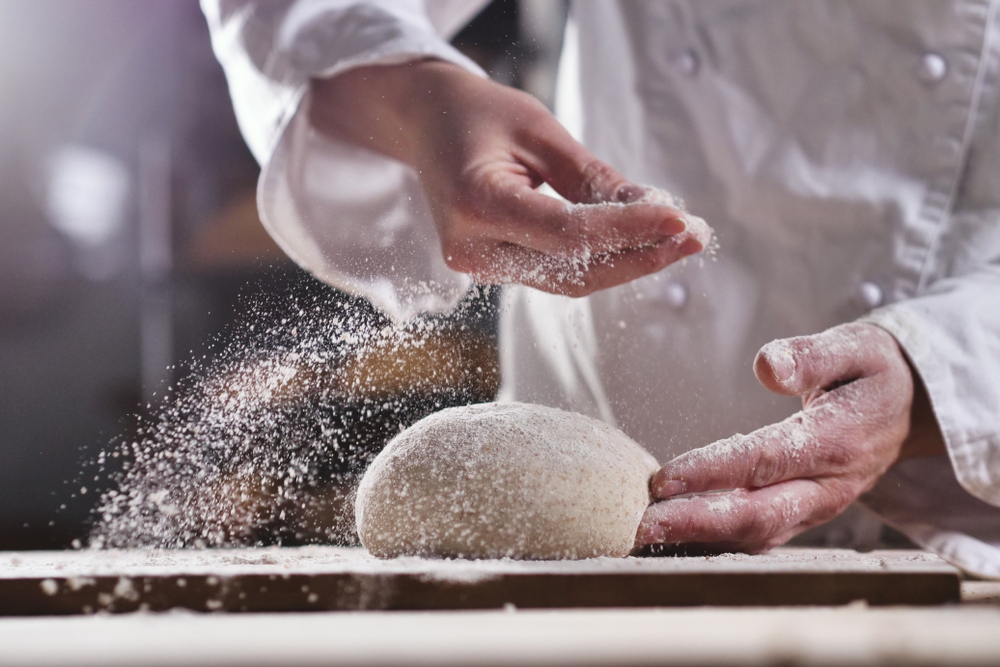
The art of pastry making involves creating dough and batter for desserts and bread. From French croissants to Italian cannoli, mastering different types of pastry is crucial for anyone looking to excel in international desserts and baked goods, offering a sweet dimension to your culinary repertoire.
Steaming
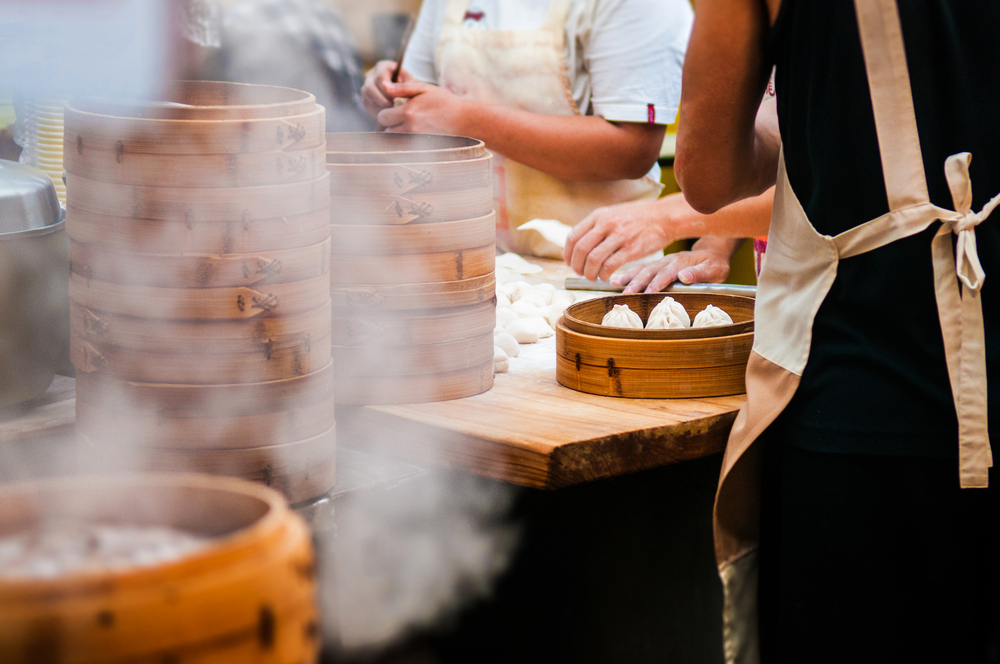
Steaming is a gentle cooking method that preserves the nutritional value and flavor of food. Widely used in Asian cuisine for dishes like Chinese dumplings and Japanese steamed buns, mastering steaming allows you to prepare a range of healthy, flavorful dishes with international flair.
Grilling
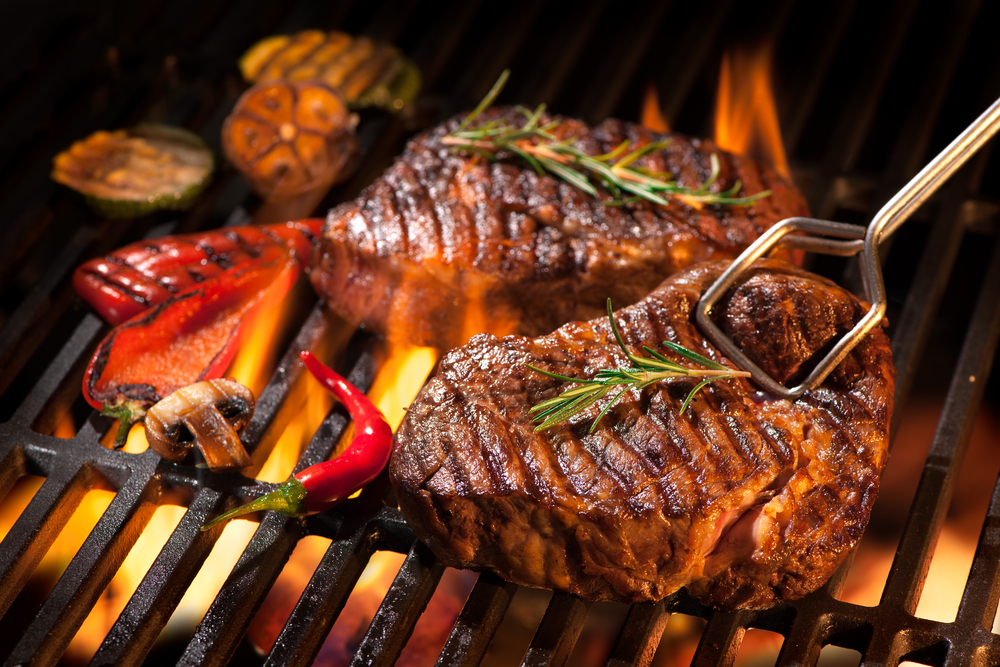
Grilling involves cooking food over direct heat, imparting a distinctive charred flavor. This technique is central to many cuisines, including American barbecue, Argentine asado, and Indian tandoori cooking. Mastering grilling techniques can diversify your cooking with a range of smoky, savory dishes.
Blanching
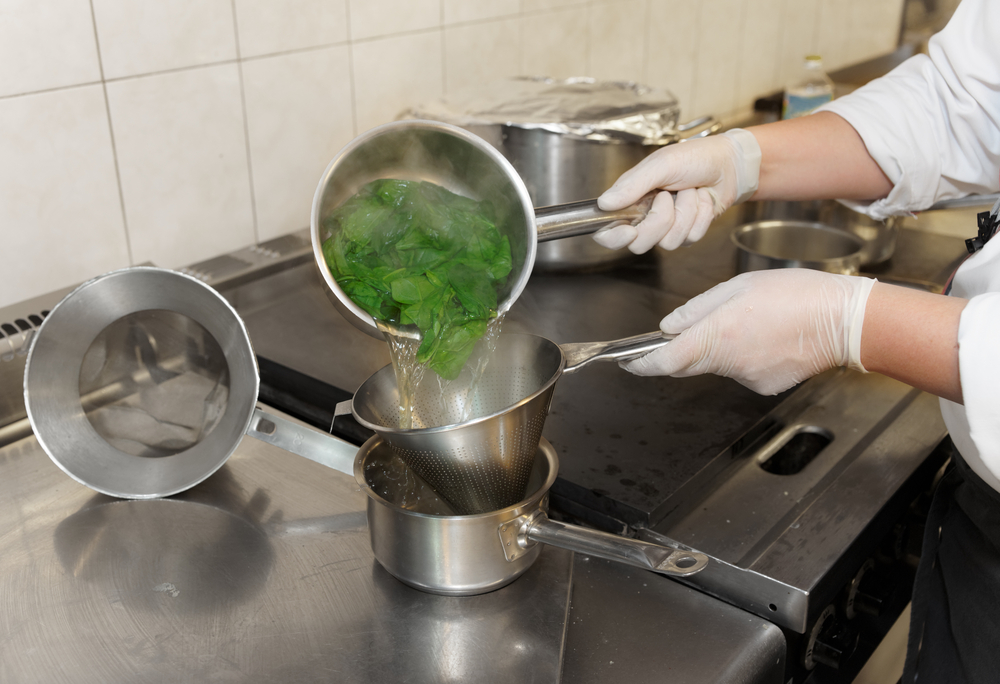
Blanching is briefly boiling food and then plunging it into ice water to halt the cooking process. This technique preserves color, texture, and nutrients in vegetables and is essential for preparing vibrant salads, and side dishes, and for prepping ingredients for further cooking.
Braising
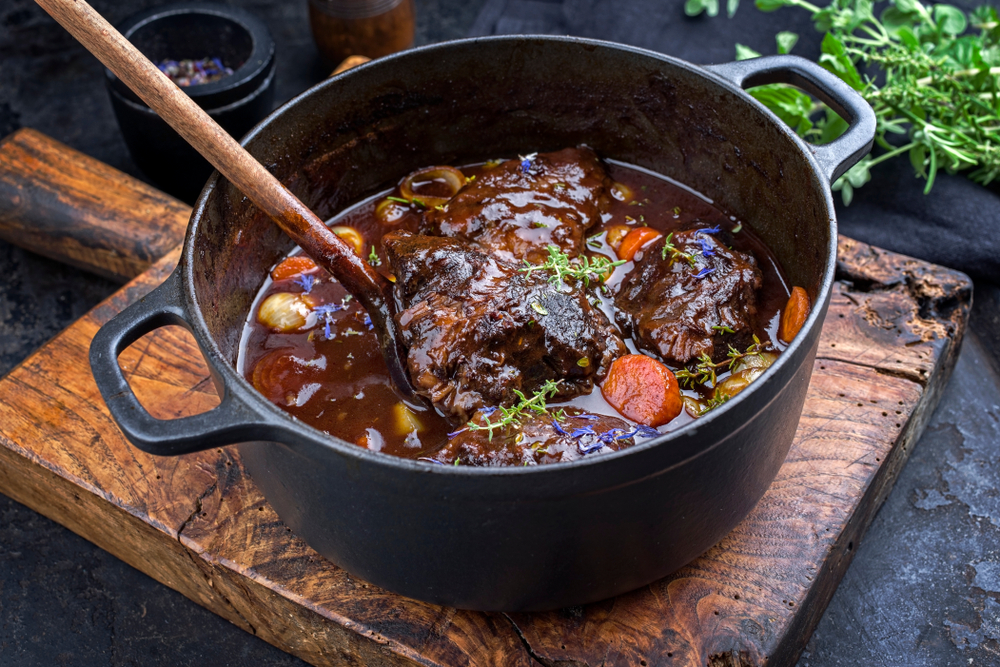
Braising is a slow cooking method where food is first seared at a high temperature, then finished in a covered pot at a lower temperature while sitting in some amount of liquid. This technique is great for tenderizing meats and is used in dishes like French beef bourguignon, Italian osso buco, and Chinese red-braised pork. This article originally appeared on UnifyCosmos.
More from UnifyCosmos
20 Best Book Picks from Librarians
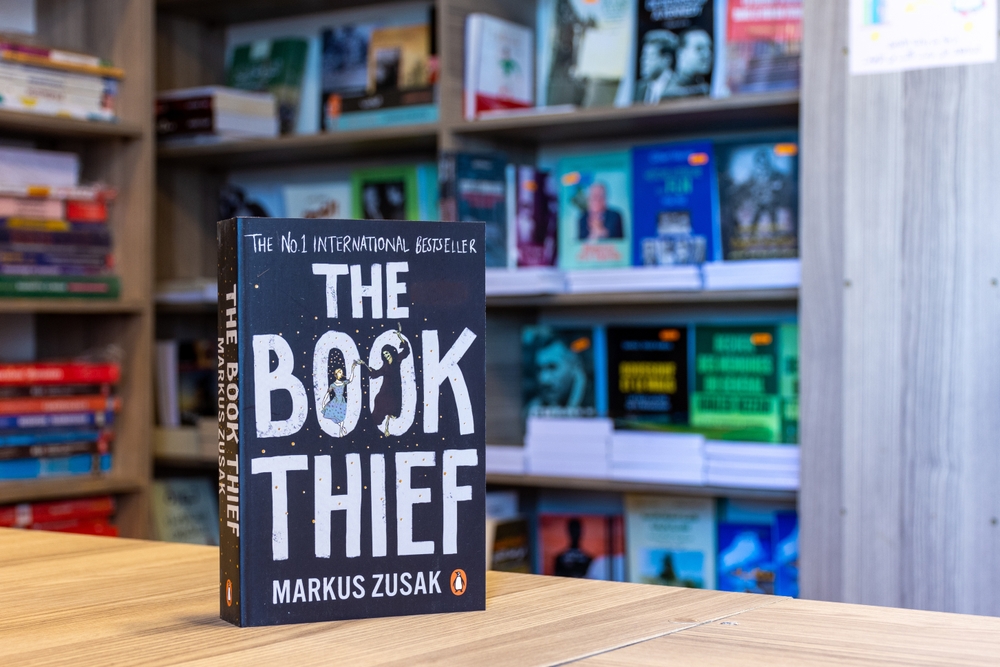
Discovering your next great read can be a delightful surprise, especially when recommendations come from expert librarians! Read more!
16 Must-Try Street Foods From Around the World
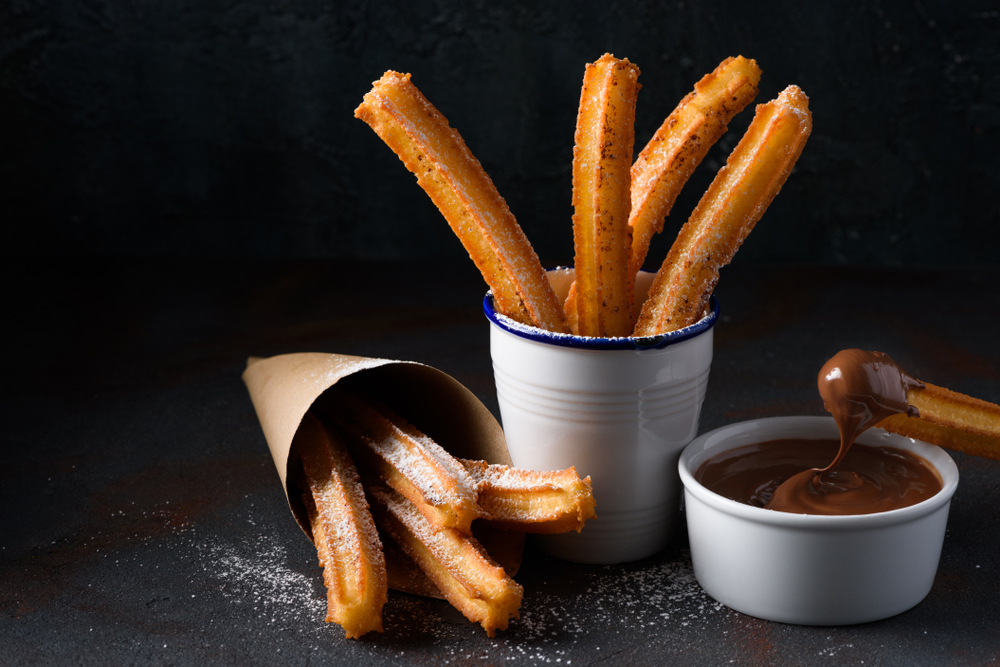
Imagine wandering through the bustling streets of a city far from home, where the air is filled with the enticing aromas of delicious foods being cooked right in front of you. Read more!
20 Photography Gear Essentials According to Pro Photographers

This article explores the top 20 photography gear essentials as recommended by seasoned professionals, encompassing everything from cameras and lenses to vital accessories. Read more!
Leave a Reply